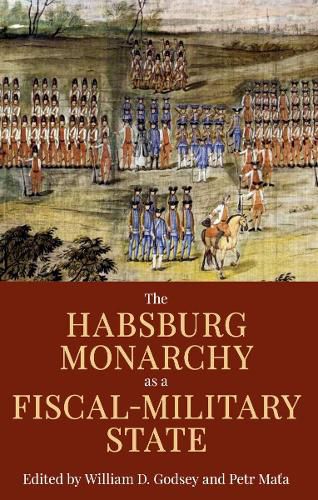Readings Newsletter
Become a Readings Member to make your shopping experience even easier.
Sign in or sign up for free!
You’re not far away from qualifying for FREE standard shipping within Australia
You’ve qualified for FREE standard shipping within Australia
The cart is loading…






Bringing together a team of leading international experts to examine the impact of the rise and expansion of a large standing army on government and society over nearly two centuries, this themed volume provides the first major analysis of the Habsburg Monarchy as a fiscal-military state. This volumes offers a broadly comparative perspective on the Habsburg Monarchy, with particular attention to the United Kingdom and France, but also the wider international system. The contributors spotlight a range of structures, practices, and historical actors that sustained the Habsburg Monarchy as a leading fiscal-military power, including the recruitment of the common soldier, the enrolment of officers, military economy, borrowing and public credit, taxation, the provincial Estates and diets, noble brokers and contractors, and landowners. This volume not only provides a new perspective on vast areas of early modern Europe - the Monarchy encompassed in whole or part no fewer than 14 current states - but also offers an internationally accessible framework for future research.
$9.00 standard shipping within Australia
FREE standard shipping within Australia for orders over $100.00
Express & International shipping calculated at checkout
Bringing together a team of leading international experts to examine the impact of the rise and expansion of a large standing army on government and society over nearly two centuries, this themed volume provides the first major analysis of the Habsburg Monarchy as a fiscal-military state. This volumes offers a broadly comparative perspective on the Habsburg Monarchy, with particular attention to the United Kingdom and France, but also the wider international system. The contributors spotlight a range of structures, practices, and historical actors that sustained the Habsburg Monarchy as a leading fiscal-military power, including the recruitment of the common soldier, the enrolment of officers, military economy, borrowing and public credit, taxation, the provincial Estates and diets, noble brokers and contractors, and landowners. This volume not only provides a new perspective on vast areas of early modern Europe - the Monarchy encompassed in whole or part no fewer than 14 current states - but also offers an internationally accessible framework for future research.